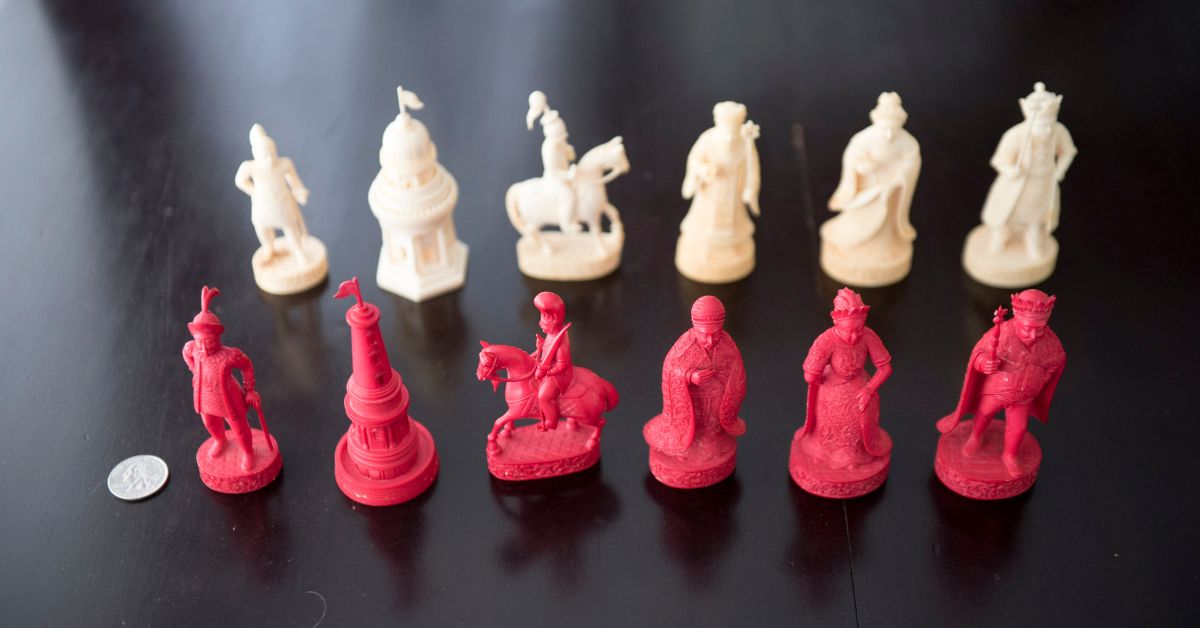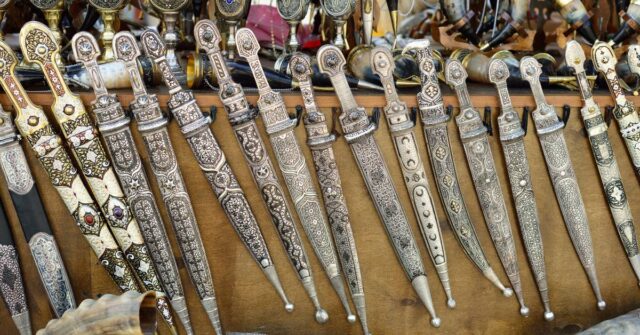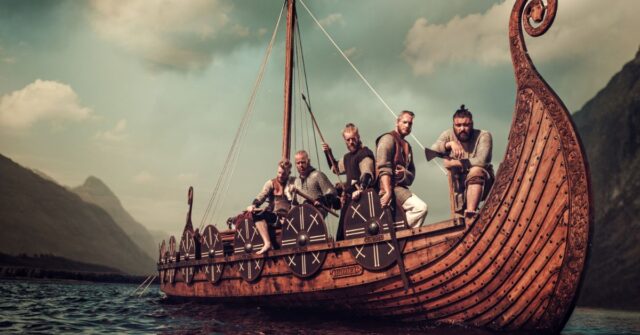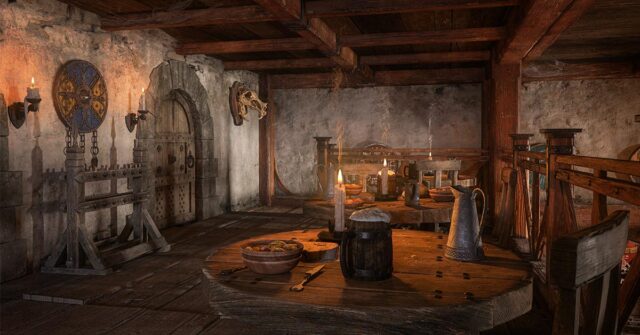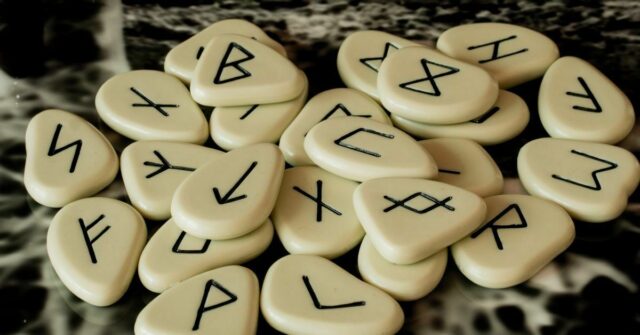The Vikings, renowned for their seafaring prowess and formidable raids, were also masterful artisans.
Among their many crafts, ivory carving stands out for its beauty and the role it played in Viking trade.
This blog post delves into the significance, origins, artistic value, and economic impact of Viking ivory carvings, providing a comprehensive overview that sheds light on this fascinating aspect of Viking culture.
Introduction
Viking ivory carvings are not just relics of a bygone era; they are windows into the lives, beliefs, and economic activities of the Norse people.
These intricately crafted pieces of art were more than mere decorations—they were valuable trade goods that played a crucial role in the economy of Viking societies, particularly in Greenland.
The Significance of Viking Ivory Carvings
Ivory carvings were highly prized in Viking society for their beauty and the skill required to create them.
These artifacts, often made from walrus tusks, served both decorative and practical purposes, including religious icons, chess pieces, and decorative items for the elite.
The artistry involved in these carvings reflected the high status of the items and their owners.
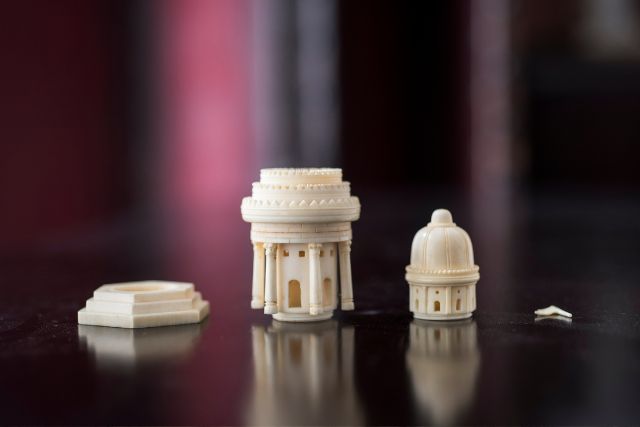
Overview of the Viking Ivory Trade
The trade of walrus ivory was a significant economic activity for the Vikings, especially those in Greenland.
As demand for luxury goods increased in medieval Europe, the Norse settlers in Greenland capitalized on their access to walrus populations.
This trade not only brought wealth but also connected the remote settlements of Greenland with the broader medieval world.
The Origins of Viking Ivory Carving
The tradition of ivory carving in Viking society has deep roots, tracing back to their interactions with other cultures and their own resourcefulness in utilizing available materials.
Understanding these origins provides insight into the cultural and economic exchanges that shaped the Viking world.
Early Use of Ivory in Viking Society
In the early Viking period, ivory was used primarily for practical items such as tools and ornaments.
However, as their trade networks expanded, the Vikings began to produce more elaborate carvings, influenced by the styles and techniques of other cultures they encountered.
This evolution reflects the Vikings’ adaptability and their skill in integrating new ideas.
Sources of Viking Ivory
Viking ivory primarily came from walruses, which were abundant in the Arctic regions accessible to the Norse.
The tusks of these animals were ideal for carving due to their size and quality. The Norse also traded with other cultures to acquire ivory, further expanding their artistic and economic horizons.
The Role of Walrus Ivory
Walrus ivory was particularly valued for its durability and fine grain, making it perfect for detailed carving. This material was used to create a variety of objects, from religious artifacts to everyday items.
The significance of walrus ivory in Viking trade cannot be overstated, as it was a key commodity that linked the Norse with the rest of medieval Europe.
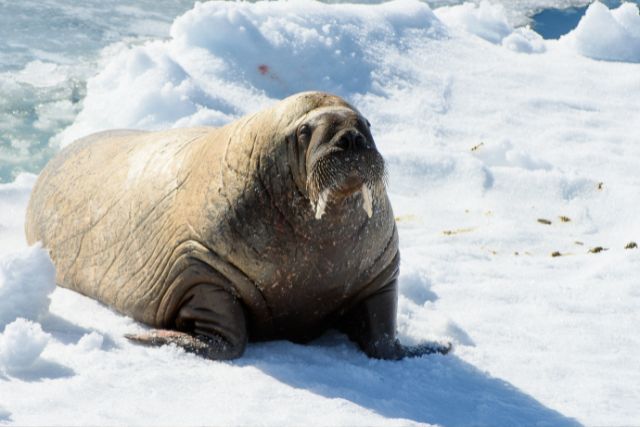
Artistic Beauty of Viking Ivory Carvings
Viking ivory carvings are celebrated for their intricate designs and artistic excellence.
These pieces not only served functional purposes but also demonstrated the craftsmanship and creativity of Viking artisans.
Each piece tells a story, reflecting the cultural and religious beliefs of the time.
Types of Artifacts
The range of artifacts crafted from ivory by the Vikings is vast, each serving different purposes and showcasing different aspects of their artistic heritage.
Religious Artifacts
Many ivory carvings were religious in nature, including crosses, icons, and other ecclesiastical items.
These pieces often depicted biblical scenes and saints, demonstrating the Vikings’ adoption and adaptation of Christian motifs in their art.
Chess Pieces and Game Boards
One of the most famous examples of Viking ivory carving is the Lewis Chessmen, a collection of intricately carved chess pieces discovered on the Isle of Lewis in Scotland.
These pieces, believed to be of Norse origin, highlight the Vikings’ skill in creating detailed and expressive figures for games that were popular among the elite.
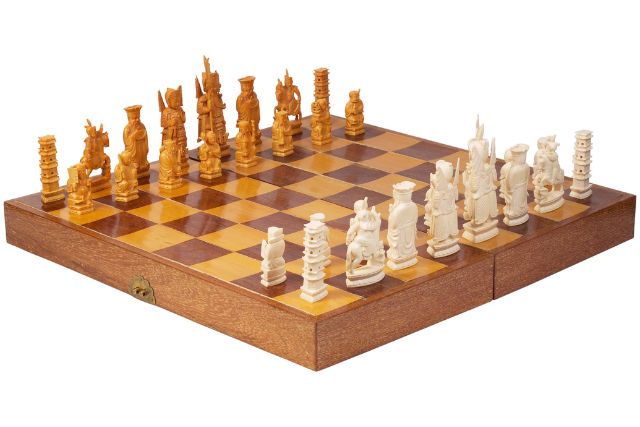
Decorative and Functional Items
In addition to religious and gaming items, the Vikings carved a wide range of decorative and functional objects from ivory.
These included knife handles, combs, and various ornamental pieces, each reflecting the high level of craftsmanship and the aesthetic sensibilities of Viking society.
Notable Viking Ivory Carvers
While many Viking ivory carvings remain anonymous, some artisans have left a mark on history through their exceptional work.
These carvers not only contributed to the artistic heritage of the Vikings but also influenced the broader medieval art world.
Margret the Priest’s Wife
Margret, known as the priest’s wife, is one of the few named ivory carvers from the Viking period. She worked in Iceland during the 12th century, creating intricate pieces for ecclesiastical use.
Her work exemplifies the high level of skill and artistry that Viking carvers could achieve.
The Legacy of the Lewis Chessmen
The Lewis Chessmen, discovered in Scotland, are some of the most famous examples of Viking ivory carving.
These chess pieces, believed to be crafted in Norway or Iceland, showcase the Vikings’ ability to create detailed and lifelike figures. The legacy of these pieces continues to influence chess set designs today.
The Viking Ivory Trade Network
The trade network established by the Vikings for walrus ivory was extensive, connecting remote Arctic regions with the major trading centers of medieval Europe.
This network not only facilitated the exchange of goods but also cultural and technological knowledge.
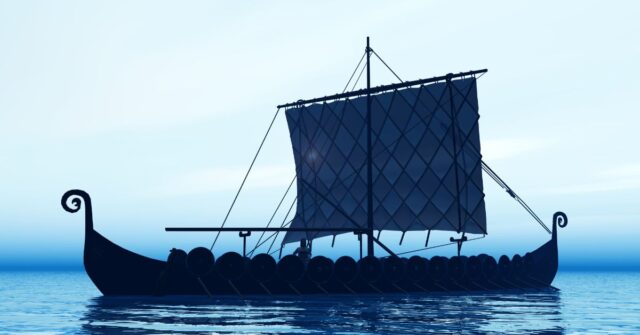
Trade Routes and Key Trading Centers
The Vikings established trade routes that stretched from Greenland to the heart of Europe. Key trading centers included cities like Trondheim, Bergen, Oslo, Dublin, London, and Sigtuna.
These routes allowed the Norse to distribute their ivory carvings widely, securing their place in the luxury goods market of medieval Europe.
The Economic Impact of Ivory Trade
The trade of walrus ivory had a profound economic impact on Norse settlements, particularly in Greenland.
It provided a vital source of income and helped sustain these communities in a challenging environment.
Influence on Norse Settlements in Greenland
The wealth generated from ivory trade allowed the Norse settlers in Greenland to flourish. It funded the construction of elaborate churches and supported a growing population.
However, the reliance on ivory also made these settlements vulnerable to market fluctuations.
Transition from Luxury Goods to Bulk Commodities
As Europe’s economy transitioned from luxury goods to bulk commodities like wool and fish, the demand for walrus ivory declined.
This shift had significant repercussions for the Norse settlements in Greenland, which struggled to adapt to the changing market conditions.
Decline of the Viking Ivory Trade
Several factors contributed to the decline of the Viking ivory trade, including changes in market demand, environmental challenges, and competition from other sources of ivory.
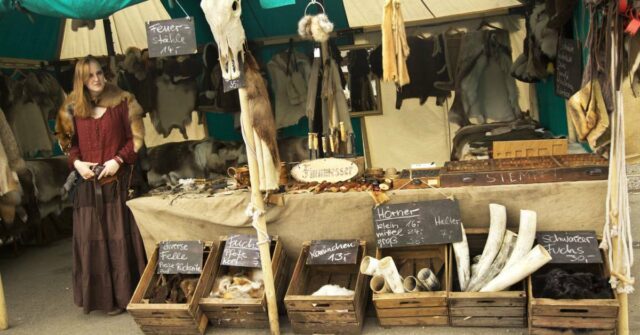
Changing Market Demands
The market for luxury goods like walrus ivory diminished as Europe’s economy shifted focus. This change reduced the profitability of the ivory trade and impacted the Norse traders who relied on it.
Impact of Climate and Environmental Changes
Environmental changes, such as the onset of the Little Ice Age, made hunting walruses more challenging and less predictable.
These climate shifts contributed to the decline of the ivory trade and the eventual abandonment of Norse settlements in Greenland.
Introduction of Elephant Ivory
The increasing availability of elephant ivory, which was easier to carve and more abundant, further diminished the market for walrus ivory.
European artisans began to prefer elephant ivory, leading to a decline in demand for the Norse-supplied walrus ivory.
Archaeological Evidence and Research
Recent archaeological discoveries and research have provided new insights into the Viking ivory trade, revealing details about the origins of the ivory and the trade routes used by the Norse.
DNA Analysis of Walrus Ivory
DNA analysis has allowed researchers to trace the origins of walrus ivory artifacts found in Europe.
These studies have confirmed that much of the ivory used in medieval Europe came from Greenland, highlighting the Norse control over this valuable resource.
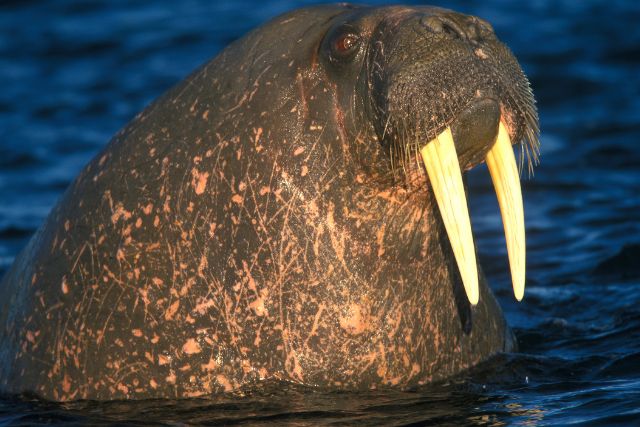
Significant Archaeological Findings
Key archaeological discoveries have shed light on the production and trade of walrus ivory, providing a clearer picture of this important aspect of Viking economy and culture.
Greenland Ivory Workshops
Excavations in Greenland have uncovered sites that were used for processing and carving walrus ivory.
These findings illustrate the scale of the ivory trade and the craftsmanship involved in producing high-quality carvings.
European Medieval Ivory Artifacts
Artifacts made from walrus ivory, such as religious icons, chess pieces, and decorative items, have been found in various European locations.
These pieces provide tangible evidence of the extensive trade networks and the high demand for Norse ivory carvings.
Conclusion
The legacy of Viking ivory carvings endures, offering a glimpse into the artistry and trade practices of the Norse people.
These artifacts not only represent the beauty and skill of Viking craftsmanship but also reflect the complex trade networks and economic strategies that sustained their settlements, particularly in Greenland.
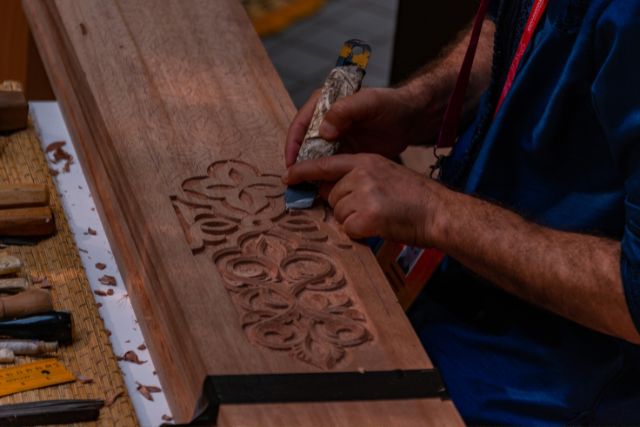
The Legacy of Viking Ivory Carvings
Viking ivory carvings remain significant cultural and historical artifacts. They are preserved in museums around the world, where they continue to fascinate and educate the public about Viking art and trade.
These pieces serve as a testament to the Norse people’s ingenuity and their ability to adapt to and thrive in challenging environments.
Continued Interest and Research
The study of Viking ivory carvings and the associated trade continues to be a vibrant field of research.
Archaeologists and historians are constantly uncovering new evidence that sheds light on the methods and materials used by Viking artisans.
Advances in technology, such as DNA analysis, have provided deeper insights into the origins of the ivory and the trade routes that connected the Viking world with medieval Europe.
In conclusion, Viking ivory carvings are a remarkable intersection of art, economy, and history.
These intricate pieces not only showcase the Vikings’ artistic talents but also highlight their role in the medieval economy as key suppliers of luxury goods.
The story of Viking ivory carvings is one of beauty and trade, resilience and adaptation, and continues to captivate and inform us to this day.

